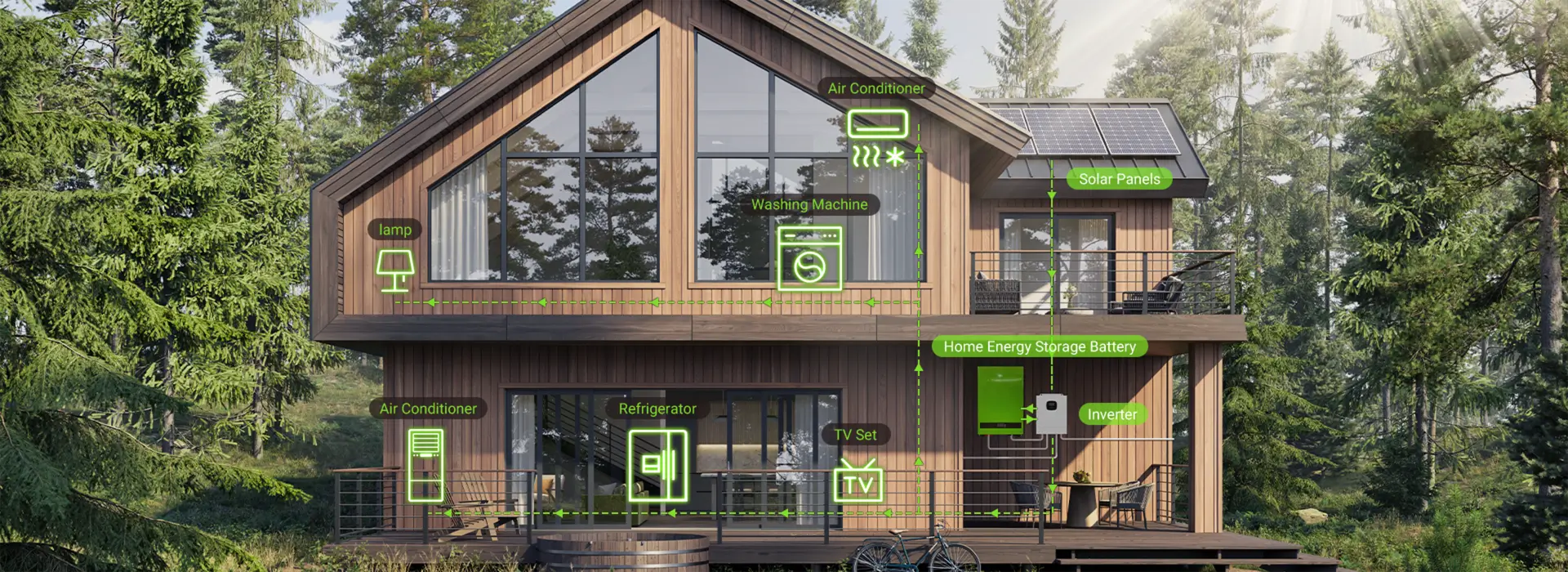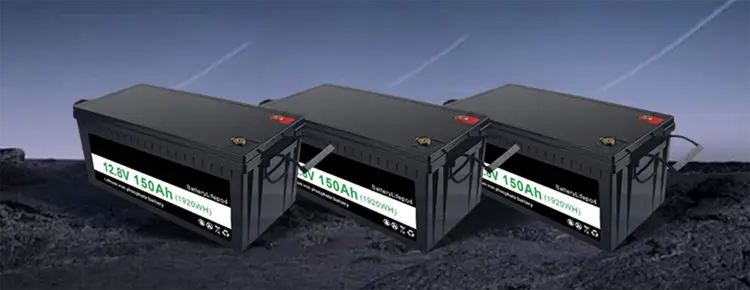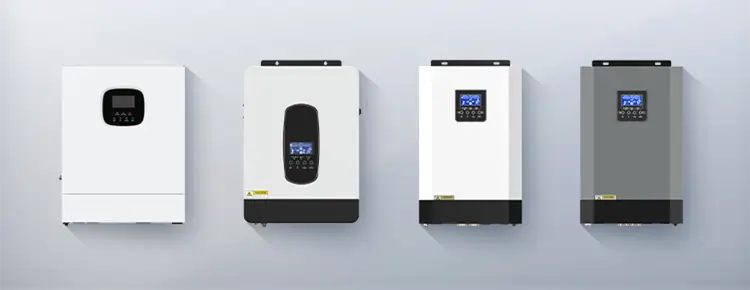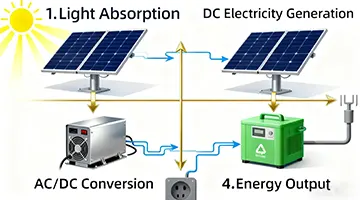
In recent years, the demand for sustainable and efficient energy solutions has grown significantly. Home energy storage systems (HESS) have emerged as a crucial component in this transition, enabling households to manage their energy consumption more effectively. This article will delve into the process principle of a home energy storage system, using the example depicted in the image to illustrate its key components and functionalities. 🌟
Overview of Home Energy Storage Systems 🏡
A home energy storage system is designed to store excess energy generated from renewable sources such as solar panels. This stored energy can then be used during times when energy production is low or when energy demand is high. The primary goal of an HESS is to enhance energy efficiency, reduce reliance on the grid, and lower electricity costs. 💡
Key Components of a Home Energy Storage System 🔧
1. Solar Panels 🌞
Solar panels are the primary energy generation component in a home energy storage system. They convert sunlight into electrical energy, which is then fed into the home's electrical grid. In the image, solar panels are installed on the roof, harnessing solar energy efficiently. 🌍
2. Inverter ⚡
The inverter is responsible for converting the direct current (DC) generated by the solar panels into alternating current (AC), which is the standard form of electricity used in homes. This conversion is essential for powering household appliances and devices. 🔄
3. Home Energy Storage Battery 🔋
The heart of the home energy storage system is the battery, which stores the excess energy produced by the solar panels. In the image, the battery is located within the house, ensuring easy access and maintenance. Modern batteries are designed to be durable, efficient, and capable of storing significant amounts of energy. 🌱
4. Energy Management System 📊
The energy management system (EMS) is the brain of the HESS, overseeing the entire process of energy generation, storage, and consumption. It monitors the energy flow, ensures optimal usage, and can be programmed to prioritize certain appliances or tasks. The EMS can also communicate with the grid, allowing for the sale of excess energy or the purchase of additional power when needed. 🌐
5. Appliances and Devices 📺
The stored energy is used to power various appliances and devices within the home, including air conditioners, refrigerators, washing machines, and TV sets. These devices are connected to the HESS, ensuring that they can operate efficiently and reliably. 🏠
The Process Principle of a Home Energy Storage System 🚀
Step 1: Energy Generation 🌞
The process begins with the solar panels generating electrical energy from sunlight. This energy is in the form of direct current (DC).
Step 2: Energy Conversion ⚡
The DC energy produced by the solar panels is converted into alternating current (AC) by the inverter. This conversion is necessary for compatibility with the home's electrical grid and appliances. 🔄
Step 3: Energy Storage 🔋
The converted AC energy is then fed into the home energy storage battery. The battery stores this energy for later use, ensuring that excess energy is not wasted. 🌱
Step 4: Energy Management 📊
The energy management system monitors the entire process, ensuring that energy is distributed efficiently. It can prioritize certain appliances or tasks based on user preferences and energy availability. 🌐
Step 5: Energy Consumption 📺
When energy demand is high or when energy production is low, the stored energy in the battery is used to power the household appliances and devices. The EMS ensures that the energy is used optimally, minimizing waste and maximizing efficiency. 🏠
Step 6: Grid Interaction 🌐
In some cases, the HESS can interact with the grid, allowing for the sale of excess energy or the purchase of additional power when needed. This interaction is managed by the EMS, ensuring that the home remains connected to the grid while maximizing energy independence. 💸
Conclusion 🌟
Home energy storage systems are a vital component of modern sustainable energy solutions. By understanding the process principle of an HESS, homeowners can appreciate the benefits of energy efficiency, cost savings, and reduced environmental impact. The key components, including solar panels, inverters, batteries, and energy management systems, work together to create a seamless and efficient energy management process. As technology continues to advance, HESS will play an increasingly important role in shaping the future of energy consumption. 🌍
If you want to know about the product, please contact us






